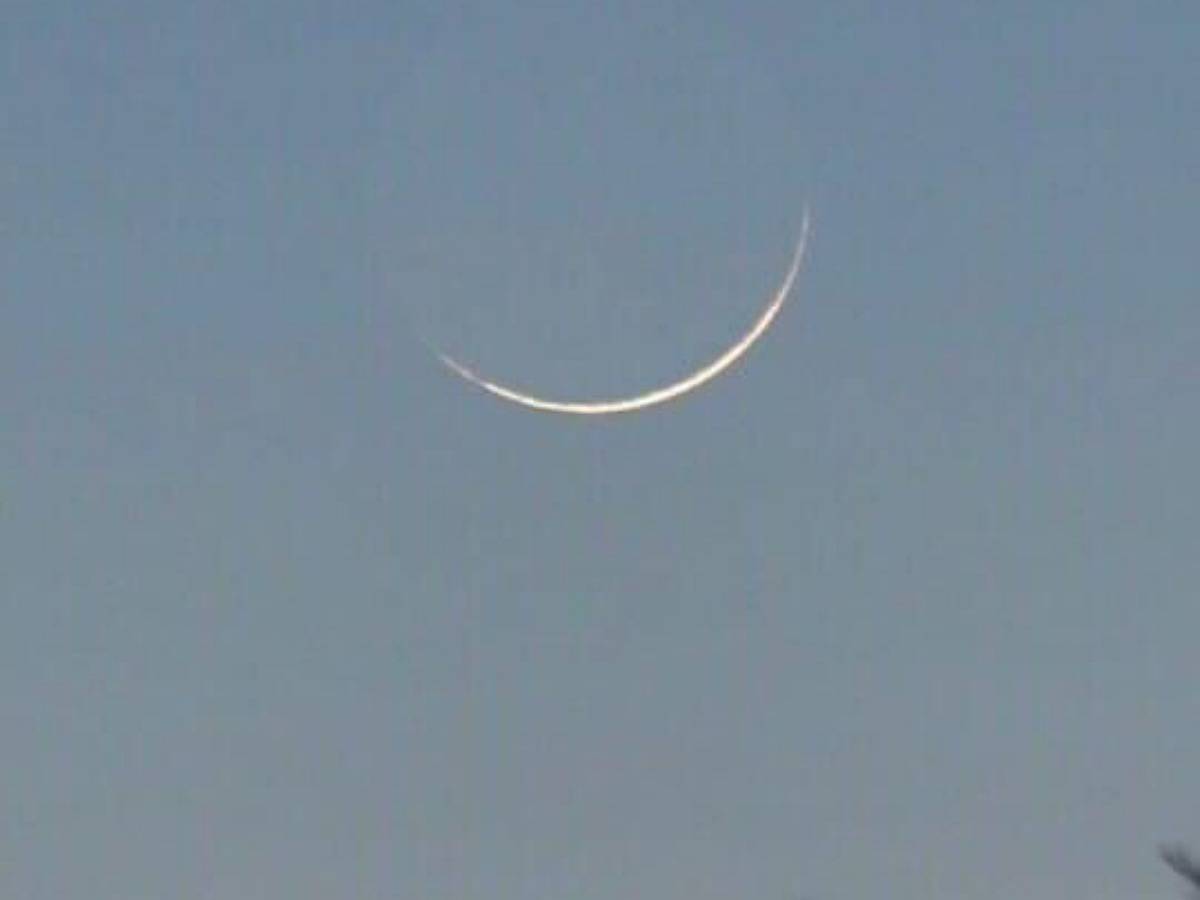
Hyderabad: For the devout ‘Eid ka chand’ has a special significance. It not just heralds the advent of Eid but also lets the muse in one go poetic. With the month of Ramazan drawing to a close, the million-dollar question on everyone’s lip is when will be the ‘chand raat’. In the coming days all eyes will be gazing the sky for the elusive crescent of Shawwal, which marks the end of the month of fasting.
There is usually lot of excitement and uncertainty about the sighting of moon — be it for Eid-ul-Fitr or Id-ul-Azha. Confusion gets confounded with the moon being sighted in some foreign land or in one region of India. It plays hide and seek adding to the predicament of the Muslim community. This dilemma is best captured in this verse:
Ek banda aajiz hun karta hun dua tujh se
Ulma ki ladayee ko istarha se suljha de
Har mah ki jhanjhat se accha hai mere Moula
Tu chand ki girdan mein tareeqh bhi latka de
As the month of Ramazan draws to a close, the air in the Muslim inhabited areas carries a sense of anticipation. Everyone is swept up in the excitement and confusion that surrounds the sighting of the moon. There is animated discussion about the moon. Will it be sighted in a distant land, or will it grace our own skies?
With each passing hour, the anticipation grows. The Maghreb namaaz over, the rozadars (fasting persons) spill out into the street, their faces turned towards the sky to catch the ‘Hilal-e-Eid’. Families gather on rooftops, their eyes scanning the horizon for that slender sliver of light. And in the masajids the mouzzins are ready to sound the siren as when the news of moon sighting is confirmed.
Amidst this thrill, the tiny office of the Ruat-e-Hilal Committee becomes the vortex of peoples clamour for information. The Committee has the last word on the sighting or otherwise of the moon.
But for the romantic souls, the quest for the moon holds a deeper meaning. It is a metaphor for their own search for love—a love as elusive as the crescent that teases the eager gazes below.
Urdu poetry is full of ‘Eid ka chand’ references and the plight of lovelorn. It will be worth taking a look at the romantic shayeri around Eid ka chand. For the love birds Eid festivities remain incomplete without setting eyes on one’s beloved. Sample this verse:
Main ishq ke etekaf mein hun
Deedar-e-yar ho jaye to Eid karlun
Poets have not left this celestial event too. They have weaved words into verses that dance with the essence of love and longing. For the muse the eyes of the lady love holds mystery of the moon and her smile lights up the darkest corners of the heart. And just like the moon itself, her love remains just out of reach. The bright object in the sky has deeper connotations.
Aap ko Eid ki khushiyan ho Mubarak laikin
Aap ne chand nahin, aayna dekha hoga
Urdu poetry, which celebrates ‘ishq’ on the sly, has a vast treasure chest of couplets that weaves tales of longing around the moon theme. Romeos who can’t sing paeans to their moon-faced Juliets can take help of Urdu poetry.
Dekhoon hilal-e-Eid ke dekhoon tera jamal
Wo aasman ka chand hai, tu hai zameen ka chand
Poets have run riots with their imagination. See the dilemma of this shayer who fears there might be a stampede if his ‘Laila’ goes up on the roof to see the moon. He pleads:
Mahe nau dekhne tum chath pe na jana hargiz
Shahr mein Eid ki tareeq badal jayegi
Another poet captures the shimmering light of the crescent reflected in his lover’s eyes thus:
Chand idhar aur tum udhar nikley
Aagaya humko itebare Eid
In the realm of romantic poetry surrounding the Eid ka chand, there are numerous verses which liken the crescent moon to the face of a beloved maiden, painting her with its silvered glow.



